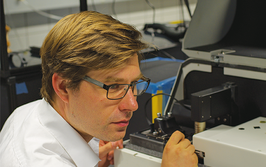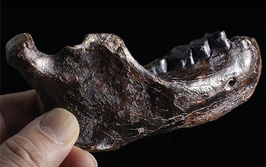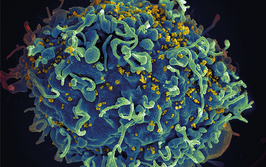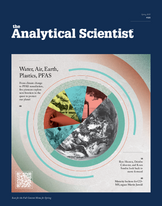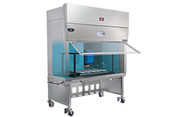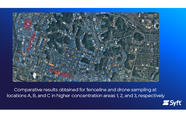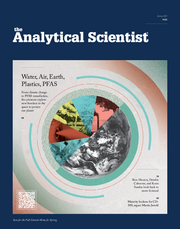This Week’s Mass Spec News
Henry Thomas | | 2 min read | News
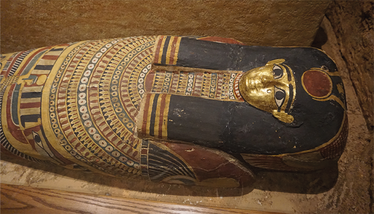
Credit: Milwaukee Public Museum December 2022 24 (Crossroads of Civilization--Mummy of Padi-Heru) by Michael Barera, CC BY-SA 4.0, via Wikimedia Commons
Worth Your Time
US-based team presents a prototype trapped ion mobility spectrometry quadrupole surface-induced dissociation-time of flight (TIMS-Q-SID-TOF) instrument for use in native mass spectrometry and surface-induced dissociation. Link
Using sensory analysis and gas chromatography-mass spectrometry, researchers characterize the odors of six edible native New Zealand plants with potential applications as food ingredients. Link
Researchers analyze dust samples collected from vacuum bags for 19 per- and polyfluoroalkyl substances (PFAS) via targeted liquid chromatography-mass spectrometry. Link
Analysis of Fagonia arabica via ultra-performance liquid chromatography-quadrupole time-of-flight mass spectrometry (UPLC-qTOF-MS/MS) reveals the herb’s role in inhibiting butyrylcholinesterase – a key contributor to Alzheimer’s disease. Link
(Preprint) Untargeted metabolomic study of blood plasma using liquid chromatography-mass spectrometry targets early-stage lung adenocarcinoma diagnosis. Link
The Analytical Scientist Presents:
Enjoying yourself? There's plenty more where that came from! Our weekly Mass Spec Newsletter brings you the most popular stories as they unfold, chosen by our fantastic Editorial team!
Essential Reading
Collagen Detected in 66-Million-Year-Old Dinosaur Fossil
New evidence for the presence of endogenous collagen in fossilized dinosaur bones has been presented in an interdisciplinary study led by researchers at the University of Liverpool. Using a combination of advanced analytical techniques, remnants of collagen were detected and quantified from a well-preserved Edmontosaurus sacrum from the Upper Cretaceous Hell Creek Formation in South Dakota.
The use of liquid chromatography-tandem mass spectrometry (LC-MS/MS) revealed hydroxyproline, a key collagen-associated amino acid, in acid-digested samples. The discovery “suggests that cross-polarized light microscopy images of fossil bones, collected for a century, should be revisited,” according to lead author Steve Taylor in the team’s press release. “These images may reveal intact patches of bone collagen, potentially offering a ready-made trove of fossil candidates for further protein analysis…” Read more!
(Mass) Spectacular and Strange
Smell Like an Egyptian
The question “What does an Egyptian mummy smell like?” sounds like the opener to a bad dad joke. But it’s one we now have a clearer answer to – “woody”, “spicy” and “sweet” – thanks to a collaboration between the University of Ljubljana and University College London.
Using a combination of panel-based sensory analyses with gas chromatography-mass spectrometry-olfactometry (GC-MS-O), microbiological analysis, and historical and conservation research, the team performed a systemic study of nine ancient Egyptian mummified bodies on display and in storage in the Egyptian Museum in Cairo.
“This ground-breaking research really helps us better plan conservation and understand the ancient embalming materials,” commented lead author Matija Strlič in a recent press release. “It adds another layer of data to enrich the museum exhibition of mummified bodies."
Deputy Editor of The Analytical Scientist
